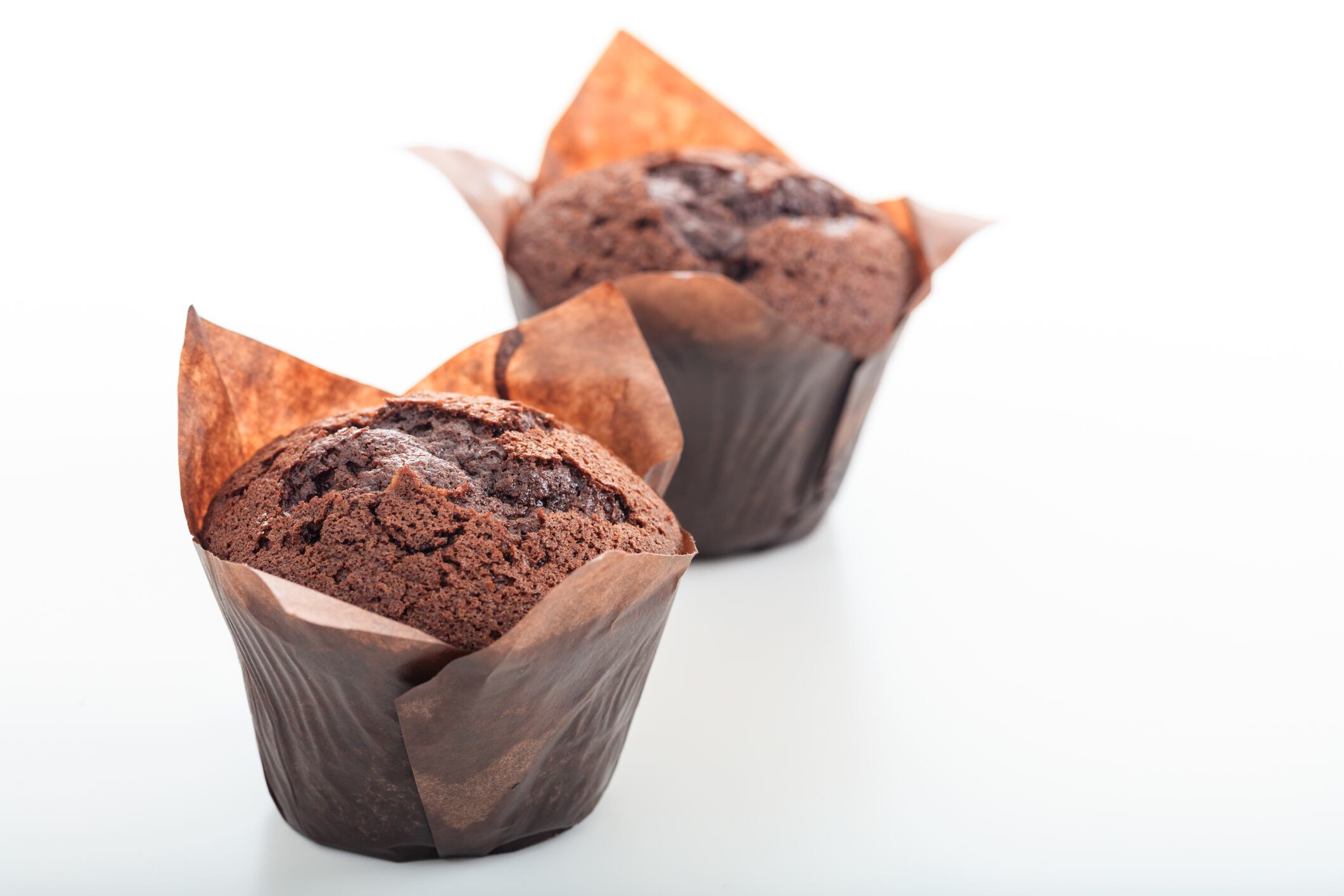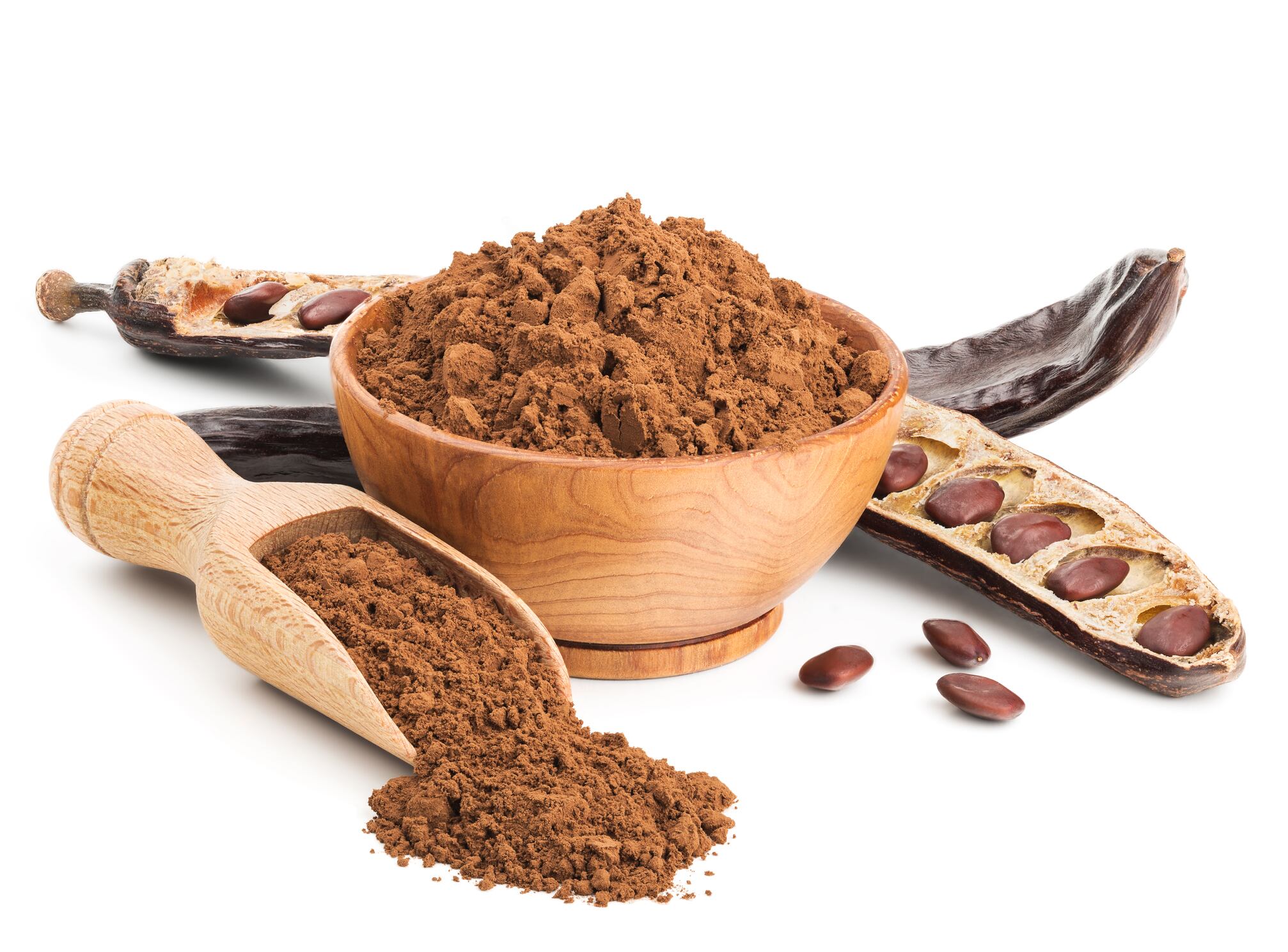Data published in Plant Foods for Human Nutrition indicated that carob powder increased total phytosterol content by 17% and levels of the isoflavone genistein by 18%.
In addition, the antioxidant activity of the muffins was increased, compared to the cocoa-containing muffins, reported scientists from Poznań University of Life Sciences and Poznań University of Economics and Business.
“[This study] shows that carob may be successfully used in bakery products as cheaper cocoa substitute,” wrote the scientists. “The replacement of cocoa powder by carob powder in soy muffins represents a technological solution which could lead to reduction of white sugar in bakery products and the production of innovative functional products.
“Carob can be considered as a valuable additive containing bioactive compounds to produce healthier sweets.”
Carob (Ceratonia silique) is native to the Mediterranean region.
European countries are the biggest global producers of carob, with Portugal in the number one spot, growing over 40,000 tonnes in 2016, followed by Italy (around 29,000 tonnes) and Spain (26,000), according to data from the UN’s Food and Agriculture Organization (FAO).
With a mildly sweet, rich taste, it is used in powdered, chip or liquid (syrup) form as an ingredient in baked goods and confectionery.
From a food industry perspective, however, carob’s most important function is as the water-soluble hydrocolloid, locust bean gum, which is used as a thickening and gelling agent by manufacturers.
Study details

The Polish scientists prepared muffins containing soybeans, sesame oil and flaxseeds with either cocoa powder or carob powder added to the doughs.
Results showed that anti-radical activity increased by 36%, according to the ABTS method, and by 83%, according to the DPPH method, when carob powder replaced cocoa powder. Pytosterol and genistein contents also increased for the carob muffins, by 17% and 18%, respectively.
“The high content of phytosterols, genistein and improved antiradical properties proved carob to be a source of bioactive compounds,” wrote the researchers.
There were no significant color differences between the muffins, while carob muffins were found to be less bitter and sweeter than the taste of cocoa muffins.
“The structure of the carob muffins was characterized as more spongy and delicate than the texture of the cocoa muffins. This may have been caused by the fact that carob powder contains caroubin – a protein with similar properties to gluten, which may facilitate the creation of dough in gluten-free breads,” they added.
“The results show that carob powder may be used as valuable alternative muffin ingredient to cocoa.”
Source: Plant Foods for Human Nutrition
Volume 73, Issue 3, pp 196–202, doi: 10.1007/s11130-018-0675-0
“Effect of Replacing Cocoa Powder by Carob Powder in the Muffins on Sensory and Physicochemical Properties”
Authors: K. Pawłowska et al.


